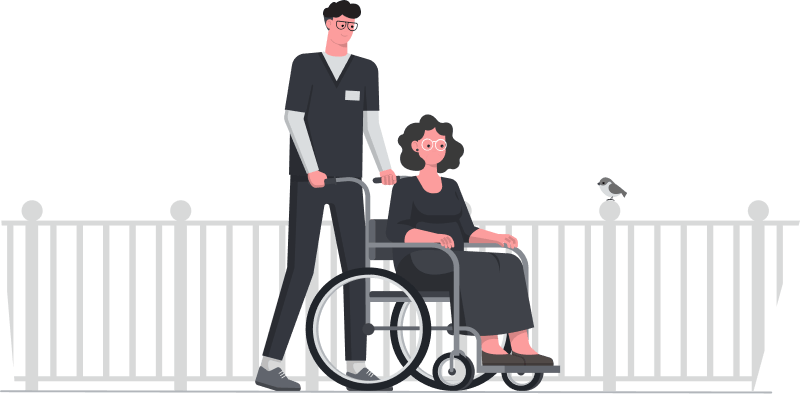This insurance is also known as TPD or Complete Disablement. It covers and supports you when you can no longer perform daily tasks without some form of help due to an illness or sickness. Some of the illnesses covered are Parkinson’s, Alzheimer’s, Dementia and Severe Rheumatoid Arthritis. Losing your limbs or sight is also covered, alongside other conditions specified on the policy.
While ACC or sickness benefit will provide some form of assistance, this is the bare minimum, and for many it will not provide the same level of living they are used to. In what will already be a big shock and lifestyle change, maintaining the same if not better standard of living is crucial, which TPD Insurance helps with.
First, check out an insurance company that provides TPD Insurance or speak to an insurance adviser. Cigna, Partners Life, AIA are some of the larger brands that offer this cover. Many banks’ insurance will also offer a version of this cover.
Second, you can get a quote online or with an adviser to understand how much cover you should think about getting. Compare quotes from different providers and choose the best package that's best for you.
Third, complete an application form and have your personal medical history, as well as your family’s ready. Insurers will need to take some time to assess your medical history to understand risks and what can and can't be covered under your policy.
Fourth, check that you have an Enduring Power of Attorney who has the legal rights to make decisions on your finances, health and welfare on your behalf for when you are seriously ill and cannot receive any income. This immediately places power in the hands of someone you trust, so that focus can be put on your adjustment and care rather than dividing responsibility.
Lastly, check that your insurance cover is still right for you every 12 months or if you have any changes to your family, income or lifestyle.
Quashed is an online platform that makes it easy for you to manage and track all your insurance in one place. You’ll be prompted at the right time to check on your insurance and it helps you keep track of how your premiums are increasing each year.
TPD Insurance costs operate the same as all other insurances, being calculated based on the provider’s perceived risk of you suffering a permanent disability, thus needing to make a claim. Although each provider will follow their own set of guidelines and methods in calculating this, below are some of the key factors used in the industry to estimate costs.
Your occupation: What you do for a living plays a significant part in determining your TPD Insurance premium. If you are working in a higher risk environment, such as the trades or around heavy equipment, you will pay more than a white collar professional at an office desk. Simply put, the more at risk you are of suffering disability due to an illness or injury in your profession, the higher your premium will be.
Your medical history and your family history: As many health conditions and illnesses are covered under TPD Insurance, your personal medical history alongside your family’s will play a large part in determining your premium cost. If records show that you may be more at risk to certain health disabilities listed on your policy, you can expect to pay more to match.
Your specific plan and cover: The greater the coverage/agreed value that your policy insures for, and the more benefits, add-ons and risks it includes, the more you will pay. This also extends to things such as the benefit period which your insurance will continue to pay out for and the waiting period before your insurance begins to pay out. A longer benefit period and shorter waiting period will both contribute towards a higher premium.


